Presbyopia
Presbyopia is a condition where there will be a gradual loss of the eyes' ability to focus on nearby objects. It's was a natural, generally annoying part of aging. Presbyopia was usually becomes noticeable in the early to mid of 40s & continues to the worsen till around age 65. Presbyopia was usually confused along with farsightedness, but these two were different. Presbyopia may occurs when the natural lens in the eye loses its flexibility. Farsightedness will occurs as a result of the natural shape of eyeball, which will cause light rays to bend incorrectly, once they entered the eye.
You will be aware of presbyopia when you start holding the books & newspapers at arm's length to be able to read them. A basic eye exam will be performed to confirm the presbyopia. You can rectify this condition by using eyeglasses or contact lenses. You might also consider for a surgery also.
SYMPTOMS:
Presbyopia will develops progressively. You will be notice these signs and symptoms after the age 40:
- A tendency to hold the reading material farther away to make the letters visible and clear.
- Blurred vision will occurs at normal reading distance
- Eyestrain or headaches will occur after reading or doing close work
You will be notice these symptoms are worse if you were tired, drank alcohol or in an area with a dim light.
CAUSES:
When you were young, the lens in the eye will be flexible & relatively elastic. It will be change its length or shape with a help of ring of tiny muscles which surround it. This muscles which surround your eye will be easily reshape & adjust your lens to accommodate both close & distant images.
With increasing the age, your lens & the muscle fibers around your lens will gradually lose their flexibility & stiffen. By this, your lens will become unable to change the shape & constricts to focus on the close images. By this hardening of your lens, your eye gradually loses its ability to focus light directly onto the retina.
DIAGNOSIS:
Presbyopia was diagnosed by a basic eye exam. A complete eye exam which includes a series of tests. Your eye doctor will put some drops into your eyes to dilate your pupils. This will makes your eyes more light sensitive for some hours after the eye exam. Dilation enables doctor to more easily assess and examine the inside of your eyes.
Your doctor may also use different instruments, aim bright lights at your eyes & will ask you to look into many lenses to test your distance & close-up vision. Each test will allow your doctor to examine a different aspect of your vision. The goal of treatment was to compensate for the inability of the eyes to focus on nearby objects. Treatment options which include wearing the corrective lenses, undergoing refractive surgery or getting lens implants.


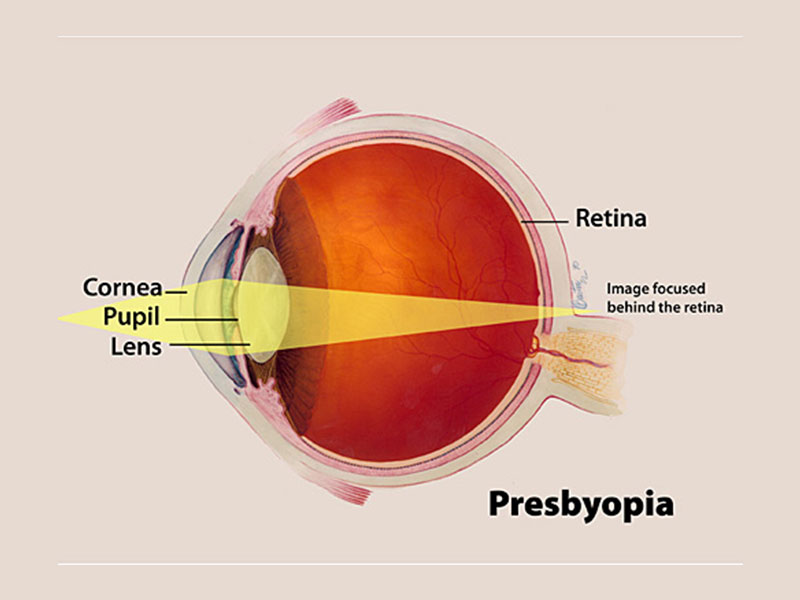
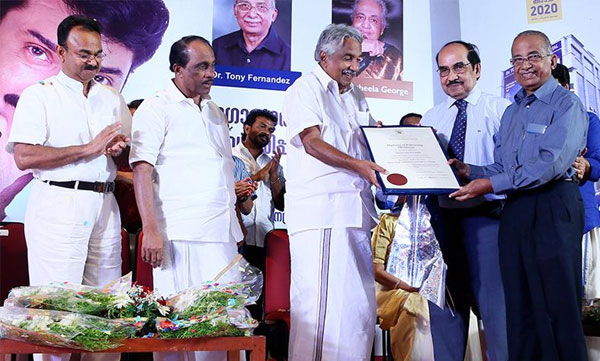
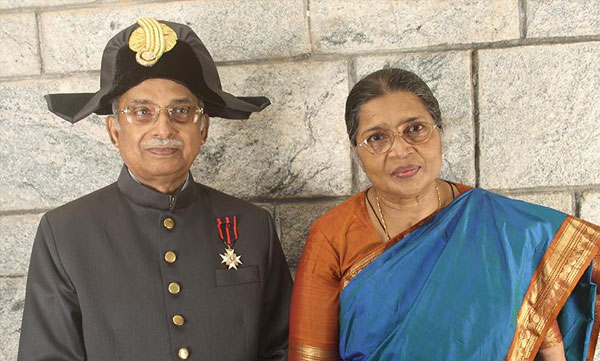
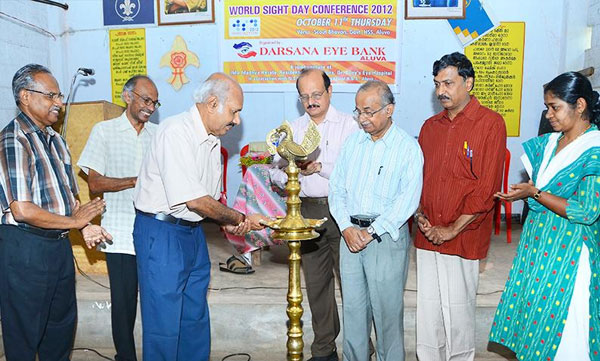


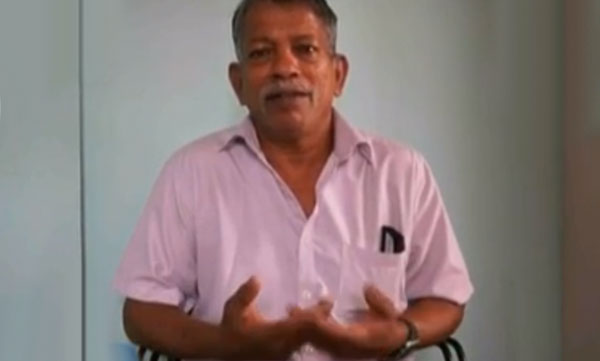
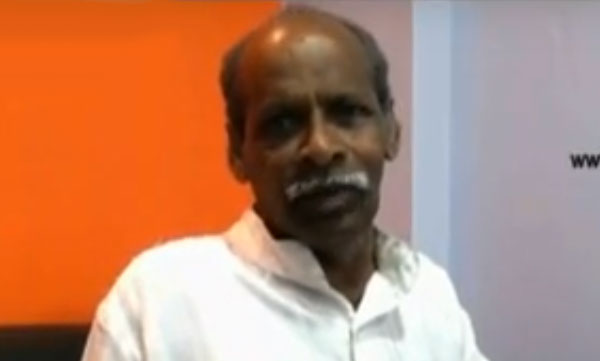

 I am Nimitha, before Lasik, I am very difficult to see and difficult to handle contact lens and specs. After the lasik treatment I am very relaxed.
I am Nimitha, before Lasik, I am very difficult to see and difficult to handle contact lens and specs. After the lasik treatment I am very relaxed. 